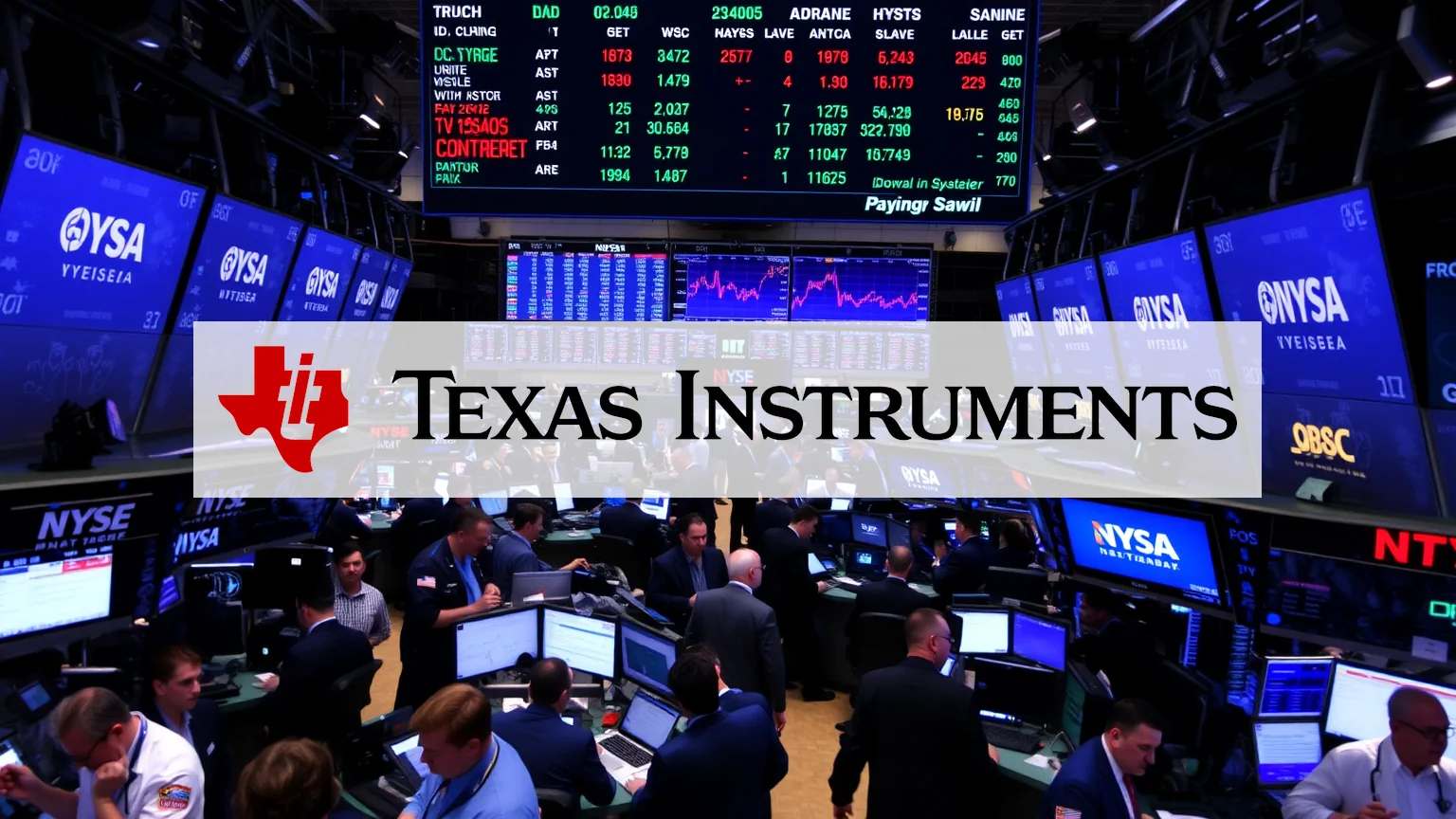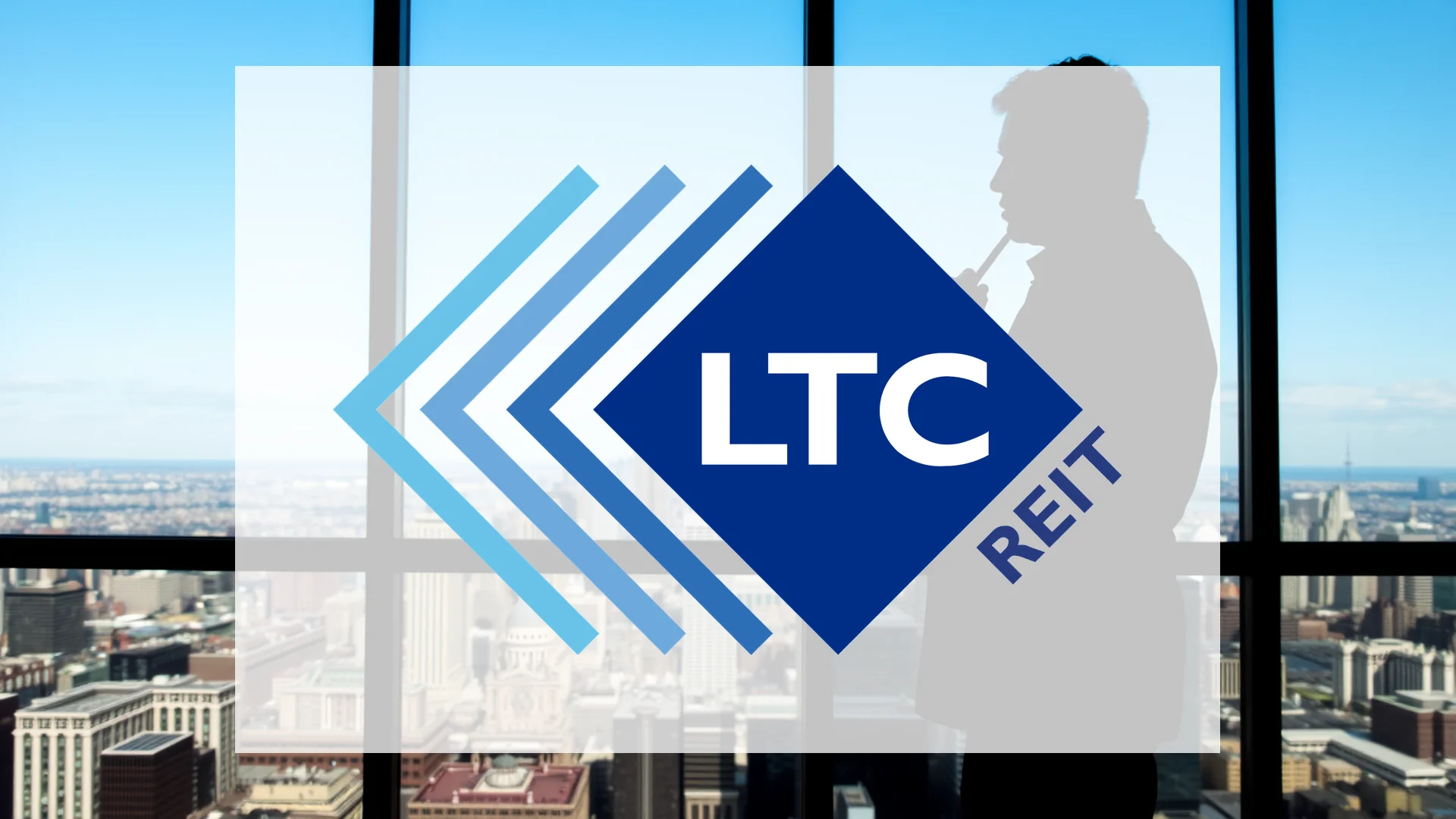Semiconductor manufacturer Texas Instruments is making an unprecedented $60 billion wager on U.S. production capacity, positioning itself at the center of both geopolitical tensions and shifting global supply chains. This massive investment represents a strategic pivot toward domestic manufacturing as a competitive advantage in an industry facing increased trade barriers.
Strategic Expansion Amid Trade Policy Shifts
The company’s aggressive capital expenditure program, which includes seven new fabrication plants in Texas and Utah, aims to quintuple its production output. A key driver behind this strategy is the changing regulatory landscape, including proposed 100% tariffs on foreign-manufactured chips announced during the Trump administration. By establishing state-side production facilities, Texas Instruments seeks to avoid these potential penalties while achieving significant scale economies through advanced 12-inch wafer technology.
Perhaps the most significant development is the emerging partnership with technology giant Apple. As part of Apple’s broader $600 billion U.S. investment initiative, the company is contributing funding to Texas Instruments’ new manufacturing facilities. This collaboration secures domestic supply chains for critical analog and microcontroller chips while providing Texas Instruments with a premium customer possessing substantial purchasing volume.
Financial Performance Shows Signs of Recovery
Recent quarterly results provided encouraging signals for investors following previous concerns about tariffs and disappointing earnings. The company reported earnings of $1.41 per share on revenue of $4.45 billion, exceeding expectations and representing a 16.4% year-over-year growth rate. This performance marked a positive reversal from the recent 13% stock decline that followed earlier disappointing results.
Should investors sell immediately? Or is it worth buying Texas Instruments?
Institutional investors have shown renewed confidence in the company’s direction. Price T Rowe Associates increased its position by 20.6% in the first quarter, indicating institutional belief in the strategic expansion plan. Technical indicators also suggest growing buying interest, with an RSI reading of 67.6 pointing to increased momentum without yet reaching overbought territory.
Challenges Remain Despite Progress
The substantial $60 billion investment creates significant financial obligations that will require time to generate returns. Market share metrics demonstrate the competitive pressures facing the company, with its portion of the analog chip market declining from 19.8% in 2020 to 14.7% last year. The expansion strategy must demonstrate tangible results in reversing this trend.
The fundamental question remains whether domestic manufacturing advantages can overcome competition from Asian semiconductor producers. Initial production at the Sherman, Texas facility beginning later this year will provide the first test of this strategy’s effectiveness in the global marketplace.
Ad
Texas Instruments Stock: Buy or Sell?! New Texas Instruments Analysis from November 24 delivers the answer:
The latest Texas Instruments figures speak for themselves: Urgent action needed for Texas Instruments investors. Is it worth buying or should you sell? Find out what to do now in the current free analysis from November 24.
Texas Instruments: Buy or sell? Read more here...













